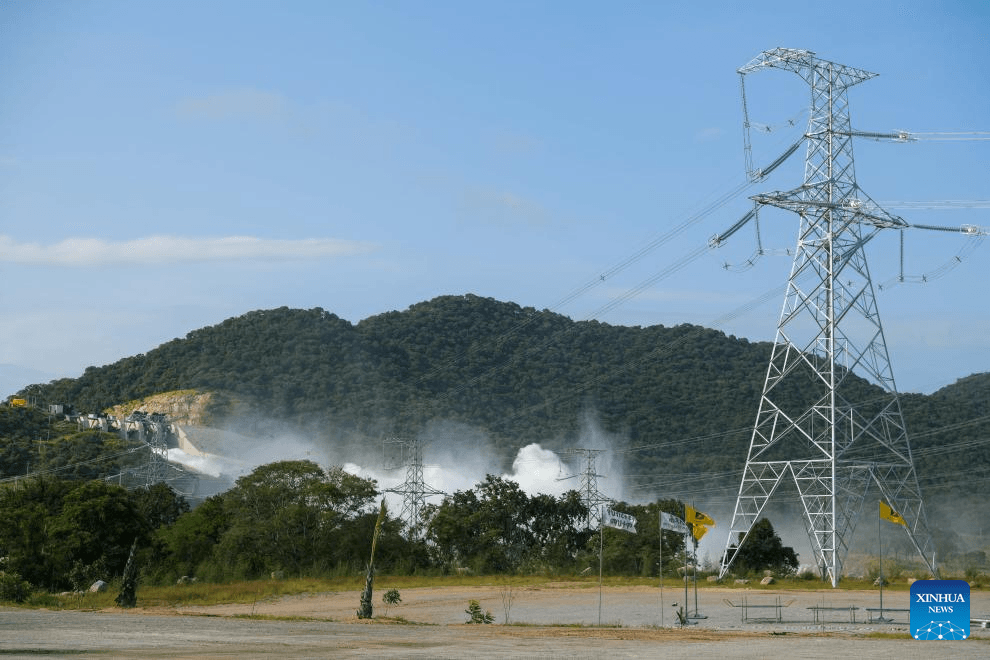The destruction of mangrove forests that is currently happening along Kenyans Coastal regions is alarming and negates all that the country is doing to mitigate the adverse effects of climate change as a result of environmental pollution.
Because of human activities including over exploitation for timber and fuel wood, pollution, development, human settlement and conversion to aquaculture, the mangroves that had donned the ocean shores, and sustaining the life balance are disappearing at a disheartening rate.
While a few case studies exist where local communities through links with international allies are trying to save the mangroves through a scheme that involves selling of carbon credits, the destruction is unbelievable.
Mangroves are very important part of the ecosystem along the Coastal areas for they help to control soil erosion; enhance fishery productivity by acting as a nursery ground for fish, prawns and crabs; are rich in biodiversity; act as habitats for aquatic life; trap organic sediment; and store carbon and are therefore referred to as ‘blue carbon’ sinks.
The country’s Blue economy and Green Growth Strategy acknowledges that investing in the following building blocks can increase profits for producers, save money for consumers, and improve the environment: economic efficiency, low carbon development, investing in natural capital and ecosystem services and efficient markets that internalize all social and environmental costs. The Country enacted the climate change Act 2106 and the Fisheries Management and Development Act 2016 already.
With the passing of both the climate change Act 2106 and the Fisheries Management and Development Act 2015 and the subsequent policy frameworks, Kenya has made a statement on her commitment to pursue an economic growth and development model that ensures that natural assets are exploited responsibly.
Additionally, in Kenya, there are a number of laws and bills enacted to promote green growth and blue economies among them the Environmental Management and Coordination (Amendment) Act 2015, Vision 2030, Energy Act 2012 and Green Economic Strategy and Implementation Plan (GESIP) 2016-2030.
Experts note that the Country’s path to the realization of the SDG 12 on responsible consumption and production and promotes the principles of reduce, re-use and recycle and Paris Climate Change Agreement, to which she is a signatory.
However, fears are being raised - if poorly managed, the investments on the natural resources potentially have a damaging effect on natural resources hindering sustainable economic growth and human development in the Kenya, putting at risk the critical services provided to humans by these natural resources.
The Country hosted a global conference in November 2018 on the Blue Economy in Nairobi as a way of showing commitment to the SDG No 12. Many recommendations were made during the conference but little seems to be happening in terms of follow ups.
Even with the Government creating the Coast Guards and Marine force expected to be patrolling our water borders to ensure proper uses of the marine resources, the pollution especially through plastics and water bottles thrown along the Coastal areas and rampant cutting of the mangroves, I fear for the ecosystem.
Among the resolutions of the Blue economy Conference in Nairobi were that there are vast opportunities for use of the marine resources, but interventions must be sought to minimise the risks that come with the investment in such resources.
For example, the country must come up with strategic plans on how to deal with risks such as depletion of resources and degradation of ecosystems through overfishing or destruction of habitat; pollution, including eutrophication, industrial wastes, endocrine disrupters and oil spills; invasive species that can compromise industrial cooling systems, overtake ecosystems or interfere with aquaculture through toxicity or reduction of yields; coastal erosion exacerbated by storm surge; and the hazards of wind, waves, currents and ice in the broad range of extreme environments where marine operations are conducted.
The country’s Blue and Green Growth Strategies recognizes investing in the following building blocks can increase profits for producers, save money for consumers, and improve the environment: economic efficiency, low carbon development, investing in natural capital and ecosystem services and efficient markets that internalize all social and environmental costs.
Other building blocks that are equally important include and are part of the strategy are, transport, and water infrastructure systems; affordable and environmentally friendly housing; equitable access and governance of natural resources; environmentally aware citizens and green consumers; and new measurements of well-being and sustainable economic welfare that are publicly available.
A case has been identified in Kilifi County in Takaungu area where the local community with support of key government agencies and development partners has been working not only protecting the mangroves against destruction and replanting them but selling carbon credits as a way of protecting the environment through value addition and creating an alternative way of using the forests to earn while at the same time protecting them with remarkable success.
Can such interventions be show cased, supported and expanded so that we save our environment?










